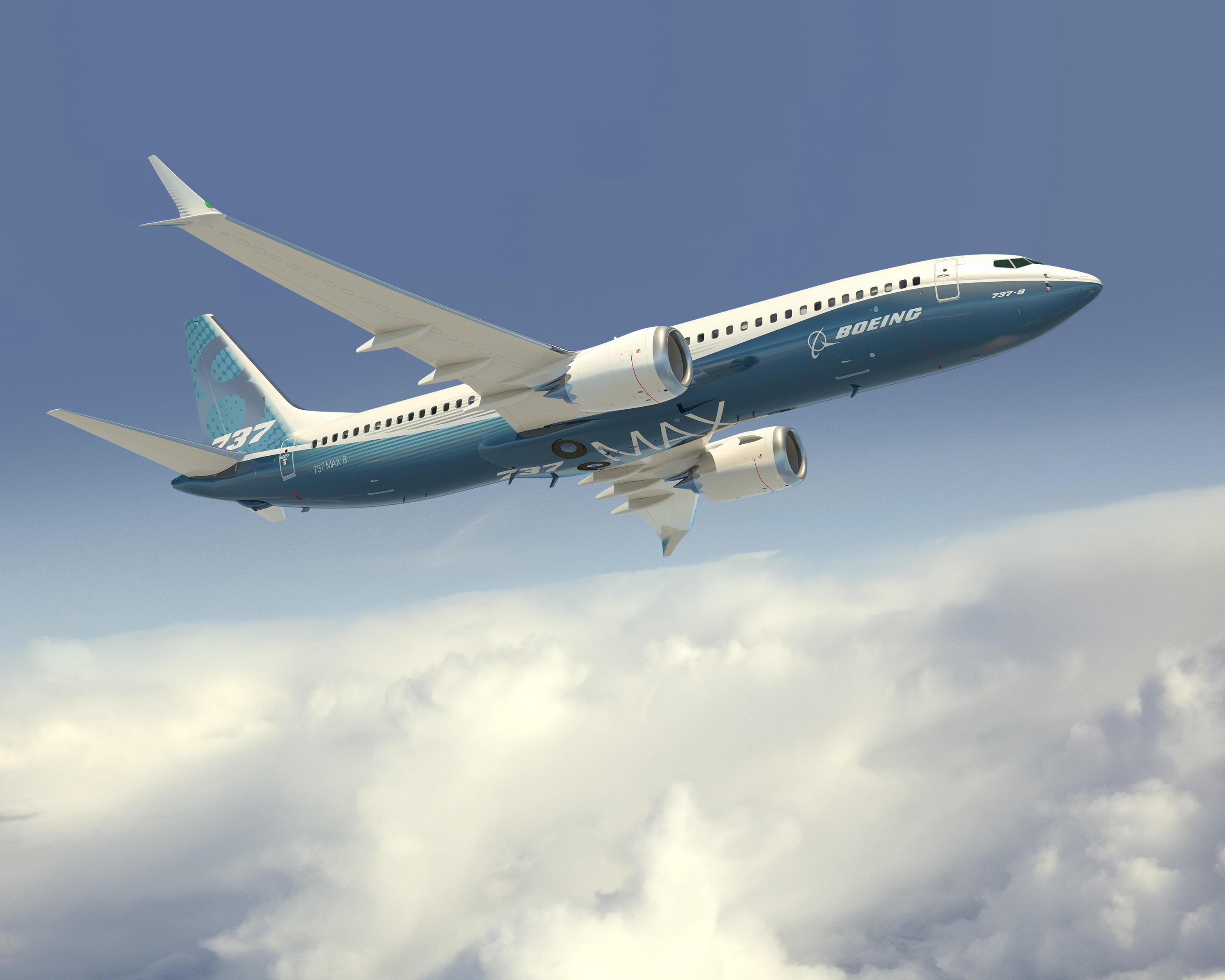MAX Hearing Focuses On Training, Trust
Better training protocols must be in place and both public and industry trust regained before the Boeing 737 MAX can return to use, industry stakeholders told the U.S. House of Representatives Subcommittee on Aviation during a hearing on the status of the 737 MAX on Wednesday. According to subcommittee Chairman Rick Larsen, the hearing aimed to provide subcommittee members “an opportunity to gather views and perspectives from key users of the aircraft […] on what the FAA, Boeing, and the airlines need to do before returning the 737 MAX to service” following the fatal accidents of Lion Air Flight 610 on Oct. 29, 2018, and Ethiopian Airlines Flight 302 on March 10, 2019, and the subsequent grounding of all MAX aircraft. Testimony was presented by Senior Vice President of Legislative and Regulatory Policy for Airlines for America Sharon Pinkerton, Allied Pilots Association President Captain Daniel Carey, Association of Flight Attendants-CWA International President Sara Nelson, Former FAA Administrator Randy Babbitt and Captain Chesley “Sully” Sullenberger.
“The truth is that these tragic incidents and the revelations surrounding them have shaken the public trust in our entire aviation system due to the decisions made by Boeing during the original certification process, the slow and inadequate response in the wake of the loss of Lion Air flight 610 and Ethiopian Airlines flight 302, and the questions surrounding FAA oversight throughout,” Nelson said during her testimony. “Regaining that trust first and foremost requires transparency.”
The subcommittee also questioned the panel on what kind of training should be required for pilots once the software update for the aircraft’s Maneuvering Characteristics Augmentation System (MCAS), widely believed to be the primary cause of both accidents, has been approved. Opinions varied from being in favor of a proposal that includes computer-based training to requiring pilots to fly MCAS-specific scenarios in a Level D flight simulator.
“In addition to fixing MCAS in a way that resolves all the many issues with it, including that the AOA Disagree light be made operative on all Max aircraft, we must greatly improve the procedures to deal with uncommanded trim movement, provide detailed system information to pilots that is more complete, give pilots who fly the 737 MAX additional Level D full flight simulator training so that they will see, hear, feel, experience and understand the challenges associated with MCAS, such as Unreliable Airspeed, AOA Disagree, Runaway Stabilizer and Manual Trim,” said Sullenberger. “They must have the training opportunity to understand how higher airspeeds greatly increase the airloads on the stabilizer, making it much more difficult to move manually, often requiring a pilot to use two hands, or even the efforts of both pilots to move it. And in some cases, how it cannot be moved at all unless the pilot flying temporarily stops trying to raise the nose and relieves some of the airloads by moving the control wheel forward.”
The need for closer examination of aircraft certification standards, clear oversight responsibilities, greater transparency and support for whistleblower reporting systems were also discussed. Wednesday’s hearing was the second to be held by the subcommittee on the Boeing 737 MAX. The complete hearing can be viewed below and witness testimony read in its entirety on the House Committee on Transportation & Infrastructure website.




Ingen kommentarer:
Legg inn en kommentar
Merk: Bare medlemmer av denne bloggen kan legge inn en kommentar.